Ever dreamed of exploring the stars but found it hard without professional gear? Night vision binoculars could be a good starting point for your stargazing adventure! Portable, user-friendly, designed for low-light conditions, they offer real-time views of the night sky, letting you easily immerse yourself in its beauty.
Understanding Night Vision Binoculars
Night vision binoculars enhance available light to help users see in low-light or dark conditions. They work by converting visible light into an electronic signal and amplifying it, allowing users to observe in the dark. Unlike regular binoculars, which rely solely on ambient light, night vision binoculars provide clear visibility even in near-total darkness, making them ideal for stargazing or observing in environments where traditional optics would fail.
Benefits of Using Night Vision Binoculars for Stargazing
- Portability: Compared to bulky telescopes, night vision binoculars are generally more lightweight and easier to carry and operate, making them suitable for outdoor use.
- Real-Time Observation: Unlike photographic equipment that requires long exposure times, night vision binoculars provide a real-time viewing experience, ideal for dynamic observation of celestial objects.
- Ease of Use: Night vision binoculars can be used handheld, with simple operation and no need for complex setups such as a stable platform or tripod.
Choose the Right Binoculars for Night Sky Observation
To ensure the best experience for stargazing, it’s important to pick night vision binoculars that align with your specific requirements. Below are some key factors to keep in mind when making your choice:
- Field of View: A large field of view allows you to take in more of the sky at once, making it easier to spot constellations or track moving objects like planets and satellites.
- Generation and Image Quality: Night vision devices come in different generations, each offering varying levels of clarity and sensitivity. The higher the generation, the better the image quality, allowing for clearer observation of dim celestial objects.
- Luminance Gain and Resolution: High-quality night vision goggles provide better effectiveness in dark environments, which is important for seeing fainter stars and celestial objects. Higher resolution means a clearer, more detailed image—an important factor for observing distant objects.
- Weather Resistance: Waterproof binoculars protect against moisture, rain, or dew. If you stargaze in humid or unpredictable weather conditions, choosing a waterproof model ensures your equipment lasts longer and performs better in tough environments.
Tips for Using Night Vision Binoculars for Astronomy
- Weather Conditions: Opt for clear, cloudless nights and avoid foggy conditions, which can affect observation quality.
- Locations: Bright lights from streetlamps and buildings can significantly reduce observation quality. Therefore, choosing suburban or rural areas with minimal light pollution is ideal for a clearer night sky view.
- Time: The best time to use night vision binoculars for stargazing is during the new moon phase, when the sky is darkest, allowing for clearer visibility of celestial objects.
- Use Star Charts or Apps: Consider utilizing astronomy apps or star charts to enhance your night sky exploration. These tools are invaluable for identifying stars, constellations, planets, and other captivating celestial objects.
- Begin with Bright Celestial Targets: Initiate your stargazing session by identifying a luminous object in the night sky, such as a planet or a well-known star. These objects are more visible in night sky and serve as excellent reference points for adjusting and focusing your binoculars.
Common Problems and Solutions
While night vision binoculars are powerful for stargazing, problems can sometimes arise in practice. Here are some tips to troubleshoot common issues:
- Insufficient Resolution: The resolution of night vision devices is generally lower than that of professional astronomical telescopes, making it difficult to clearly capture the details of celestial bodies, especially in resolving point light sources.
- Limited Visibility of Night Sky: The technology of night vision binoculars is better suited to enhance and highlight objects that are relatively close by. The device may not effectively capture some very faint stars, and you may miss the spectacular views that are visible through telescopes or with the naked eye.
- Blurry or Noisy Images:This is often caused by the inherent limitations of light detection in low-light conditions. If the image is blurry or grainy, try adjusting the focus or choosing a higher-quality device.If the night vision effect is not as strong as expected, check if the device needs cleaning or calibration. Sometimes, a simple cleaning can improve the performance significantly.
- Quick Battery Drain: The night vision function consumes power quickly, potentially interrupting observations. So always ensure you carry spare batteries.
Conclusion
Night vision binoculars offer a unique and portable way to explore the night sky, making them a convenient tool for casual stargazers and outdoor enthusiasts. Their real-time observation capabilities, ease of use, and portability provide a distinct advantage over traditional telescopes, especially for those who value mobility and simplicity. However, they do come with limitations, such as lower resolution, reduced visibility of faint stars, and potential image quality issues in low-light conditions.
By understanding their strengths and limitations, you can make the most of your night vision binoculars and enjoy unforgettable stargazing adventures.

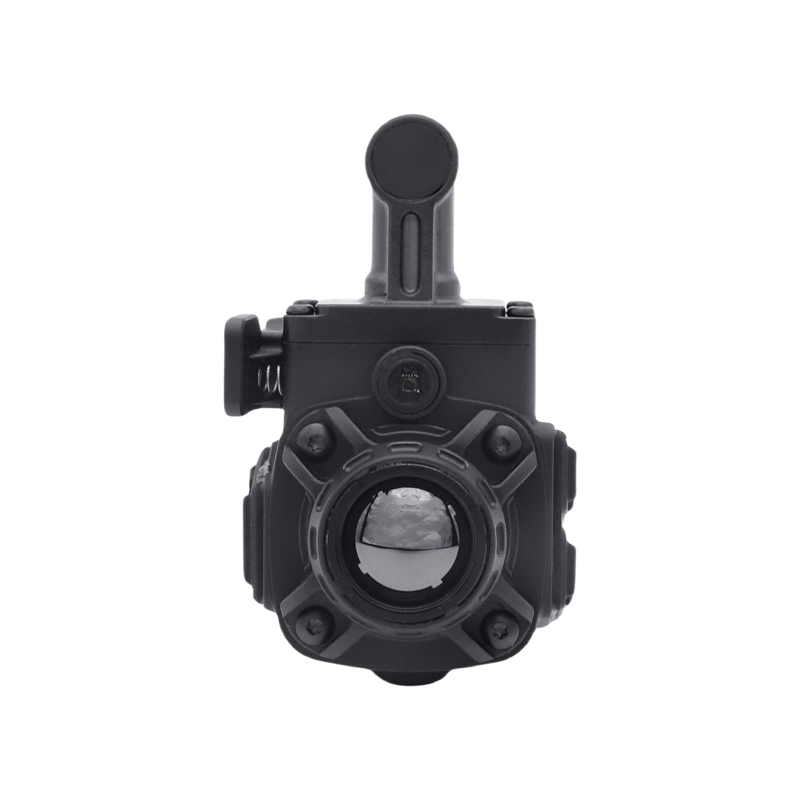
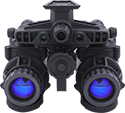
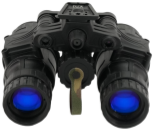

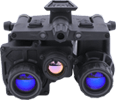
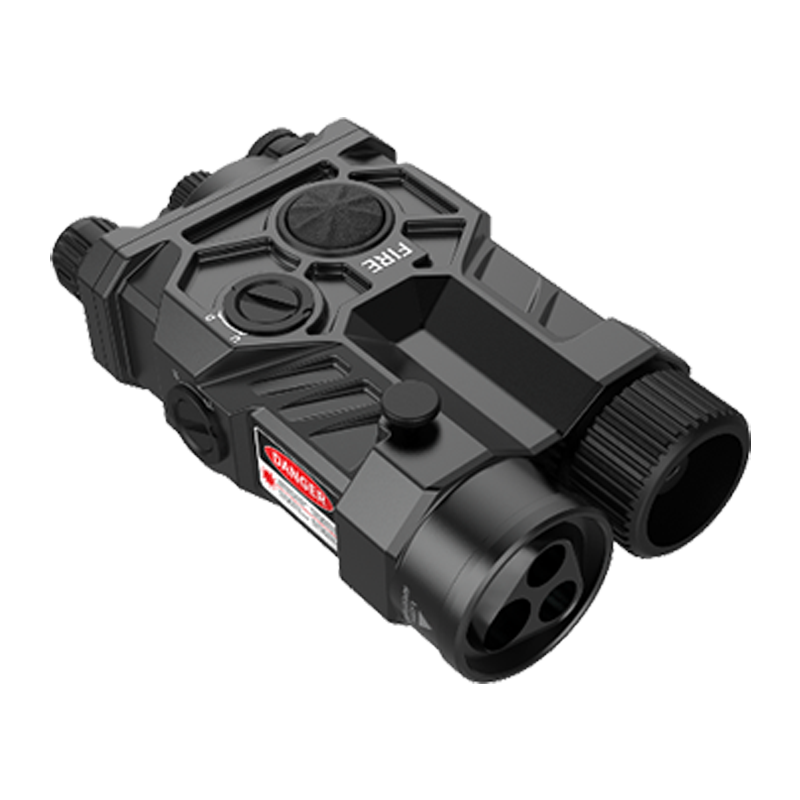
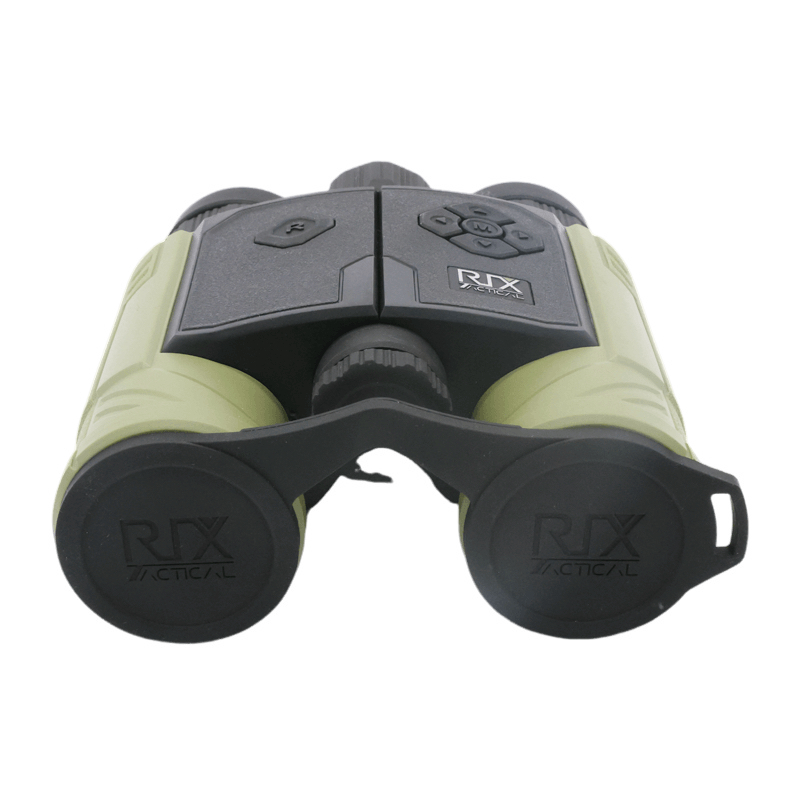
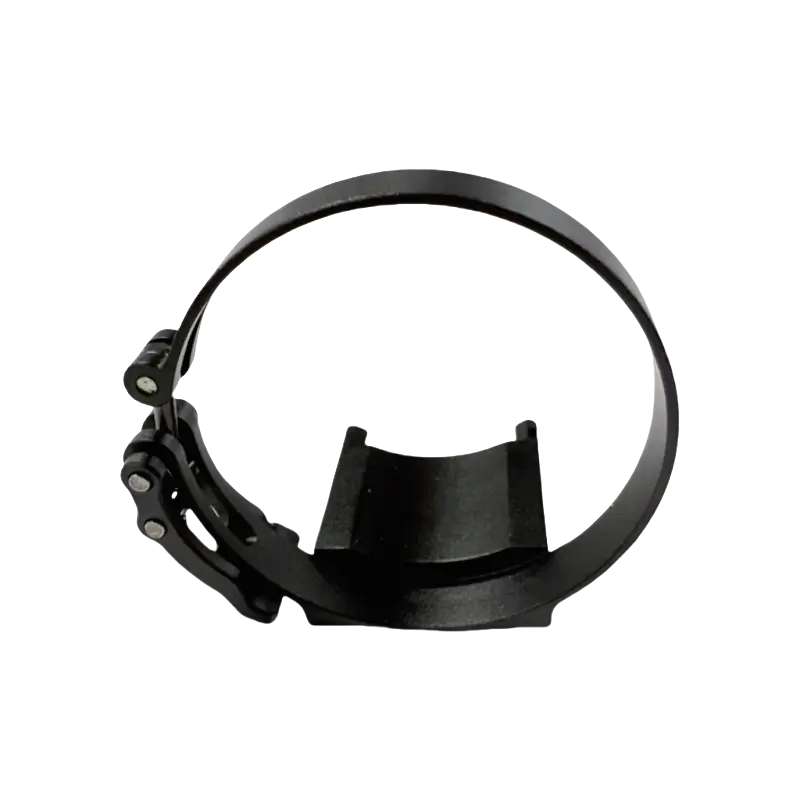
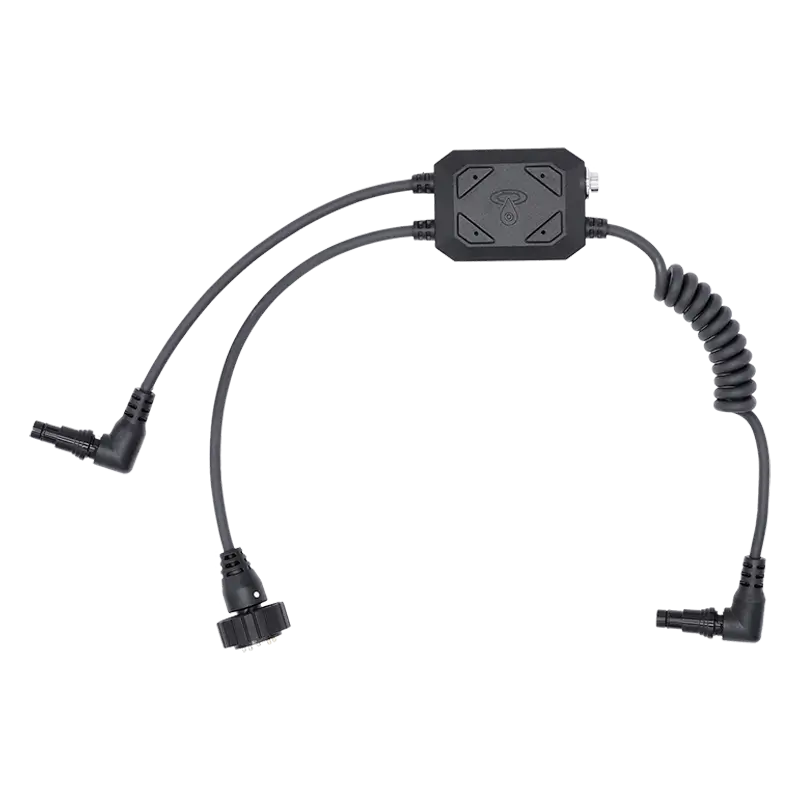
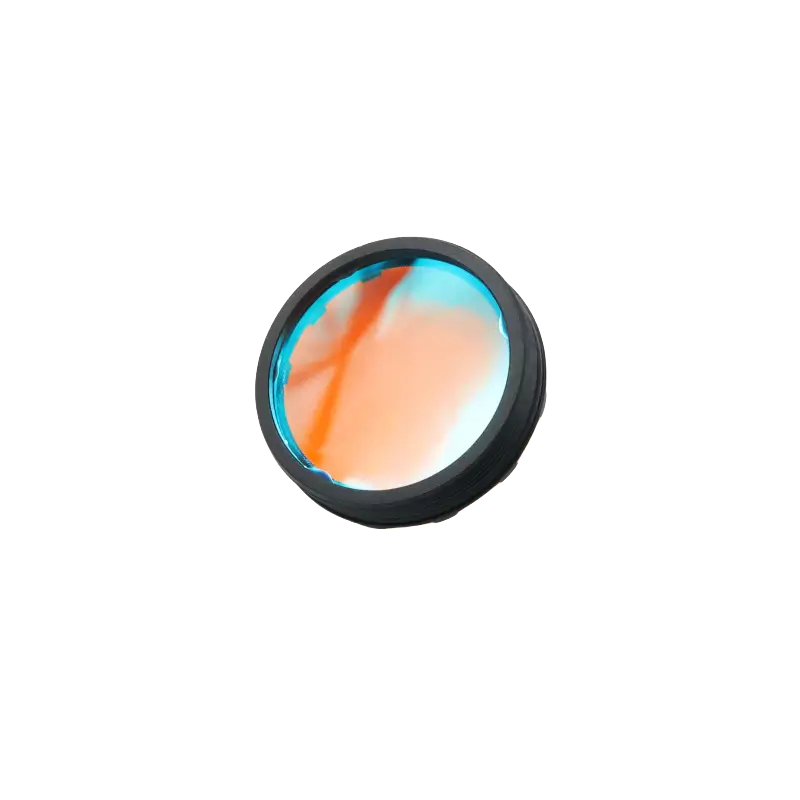
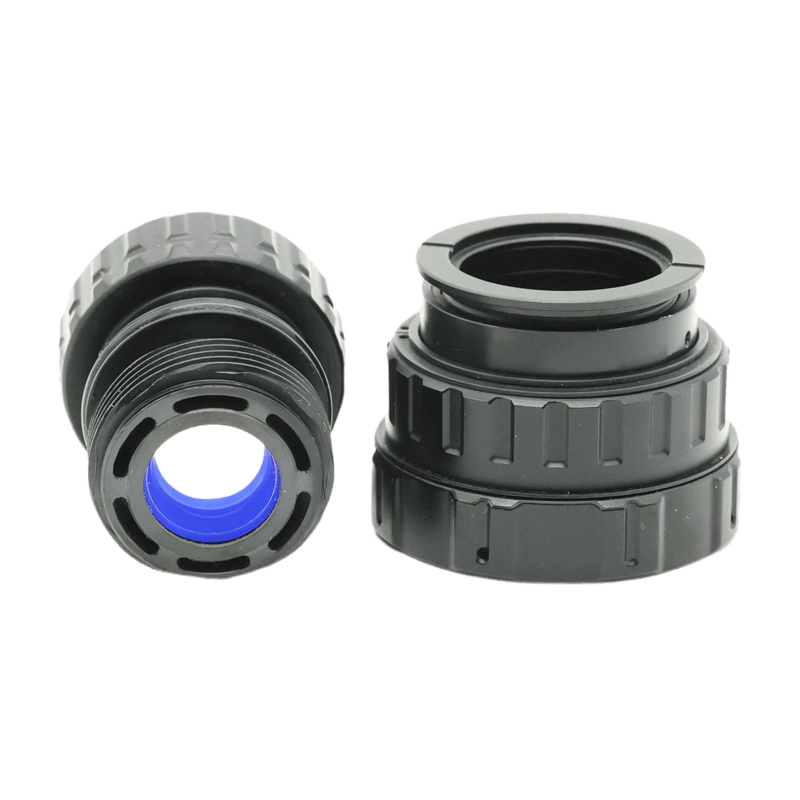
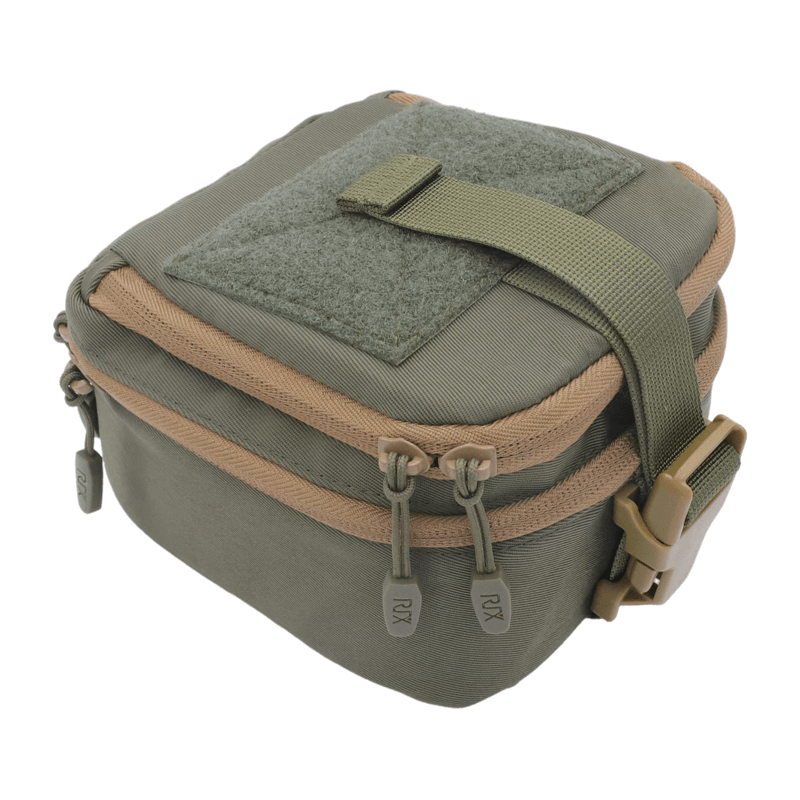
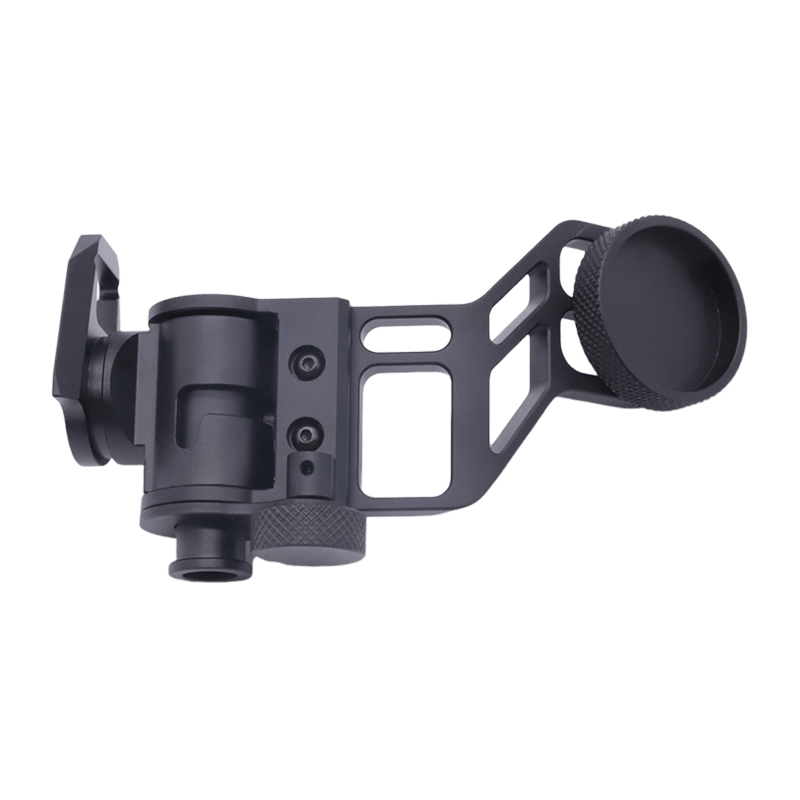
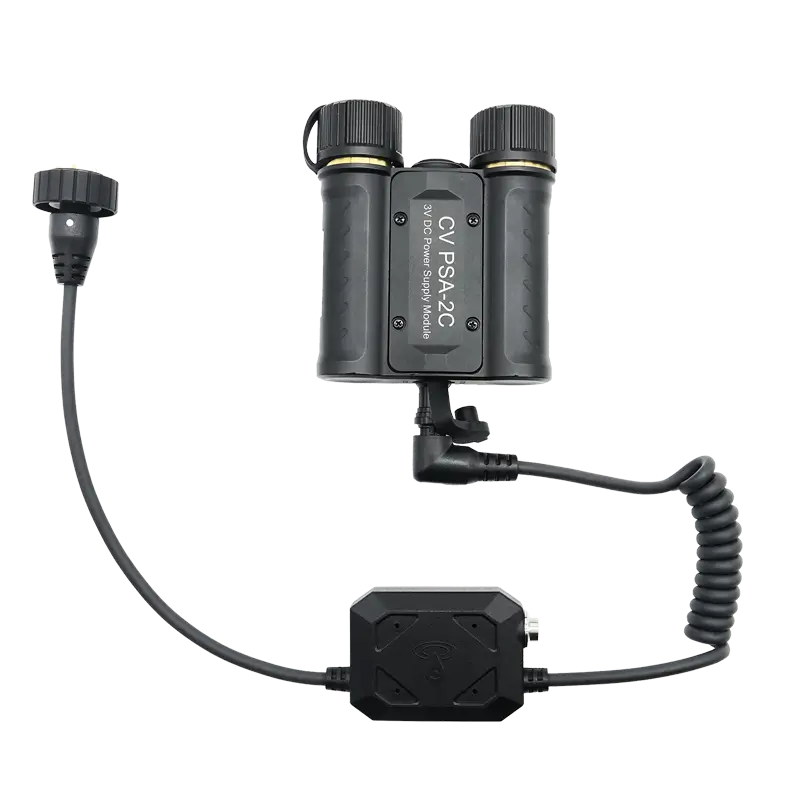
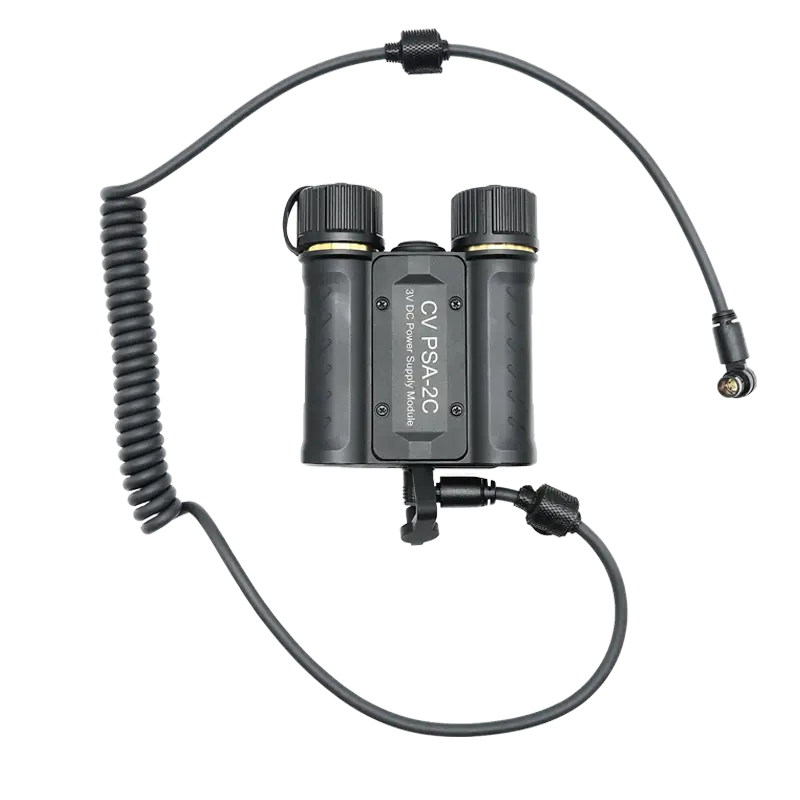
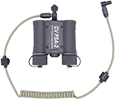
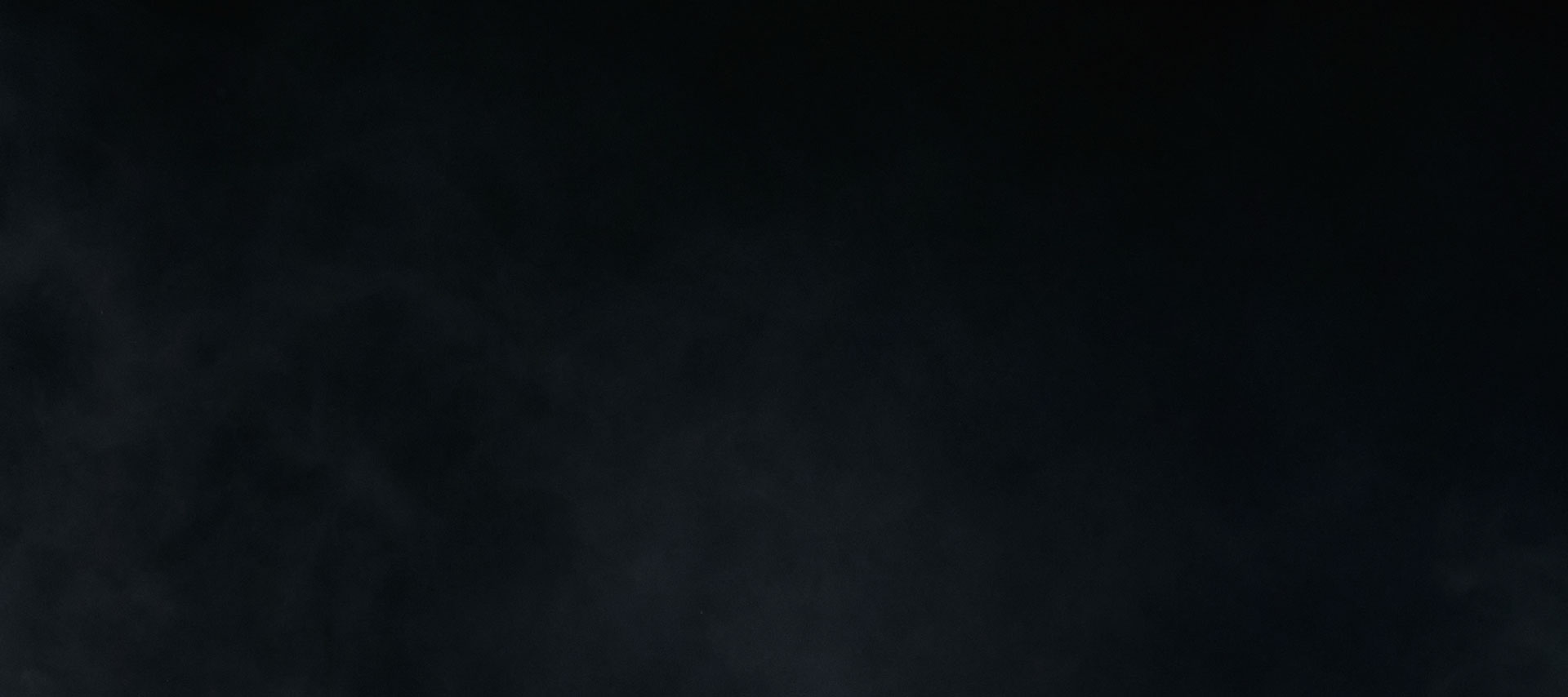
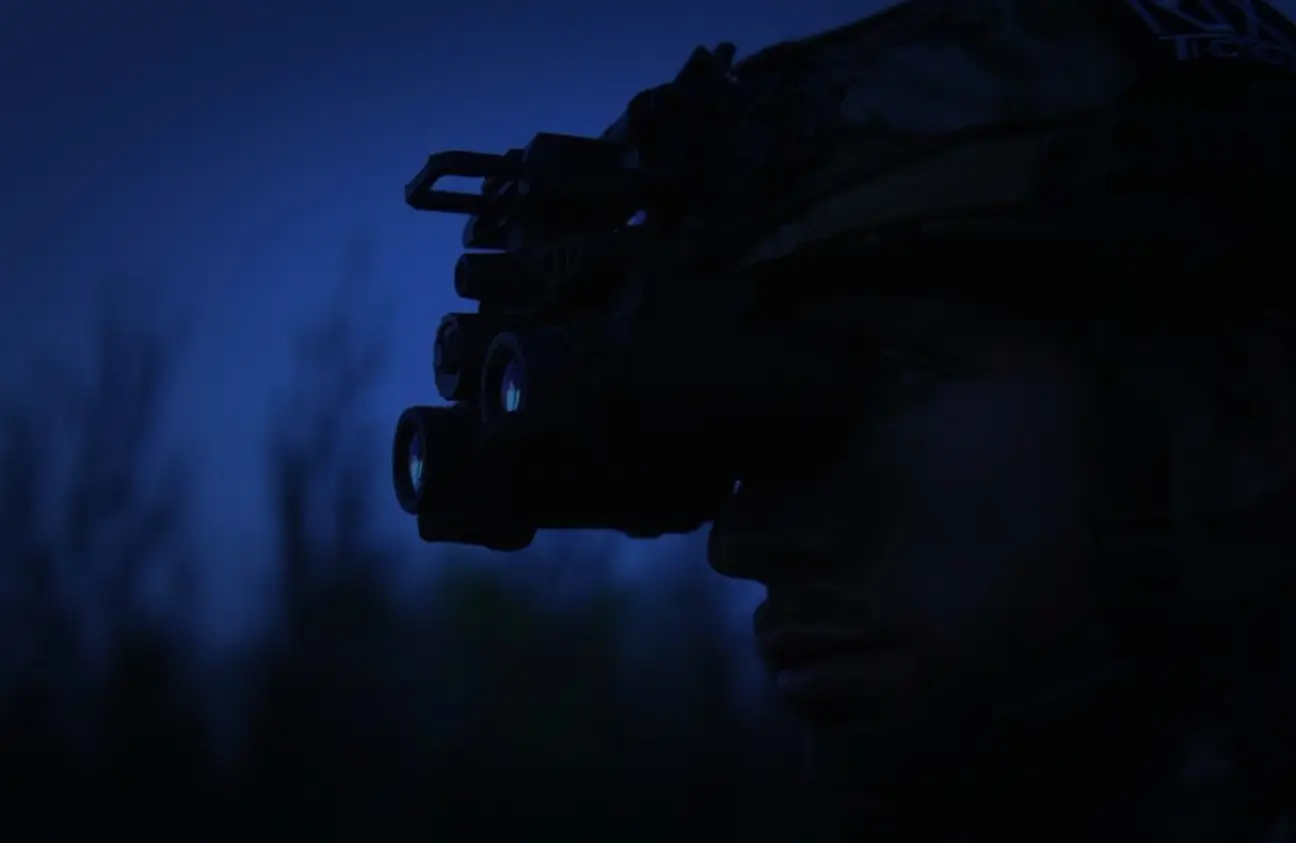
Comments